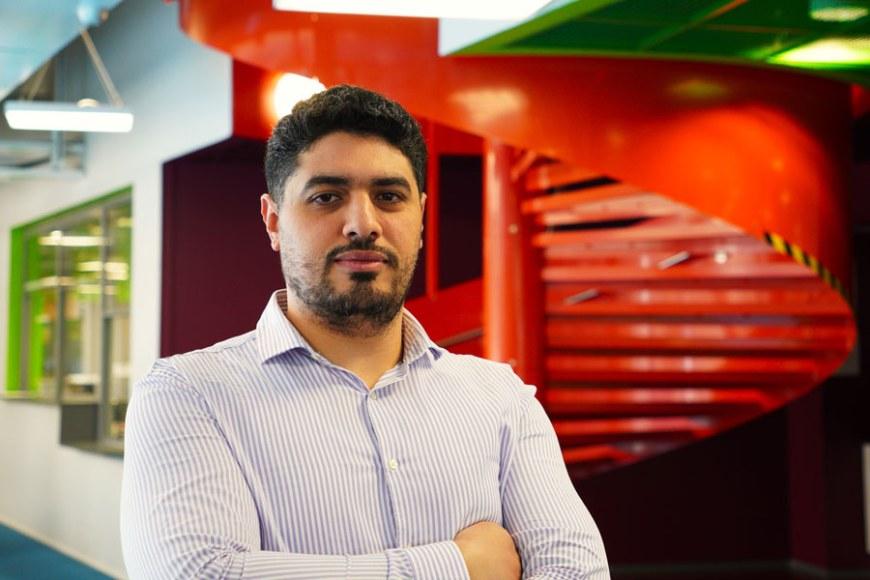
Developing digital twins for industry involves challenges like data modeling, interfaces, and resource limitations. To help developers and engineers in the designing phase it is crucial to adopt a systematic methodology, combining computer science, automation, data modeling, and AI.The path to finding suitable models, tools, and techniques requires multidisciplinary research.
“Digital Twins technology can be applied in various domains including manufacturing, healthcare, and urban development. In manufacturing, the concept of a Process Digital Twin requires structured coordination of various systems that operate concurrently and interact within the domain of digital factories,” says Wael Mohammed.
For industrial applications, digital twins can be built to represent mainly the products and/or the process. Process Digital Twins, which are the focus of Mohammed’s doctoral dissertation, are deployed to optimize the entire production environment and manufacturing process by using various technologies like mixed reality, AI, and high-performance computing. They can be employed for simulation, data collection, and real-time monitoring as well.
“Besides the benefits of simulation and monitoring manufacturing processes, an essential additional advantage of the manufacturing process digital twin is its capability to serve as a synthetic data generator. This makes the digital twins very important for highly complex applications,” says Mohammed.
The provided methodology describes the digital twin following three main concepts: multi-layer, multi-level, and multi-perspective. According to Wael Mohammed, these concepts provide the needed flexibility of the digital twin. When asked about the approach, Micheal Grieves, the creator of the Digital Twin concept, replied saying “it is a pretty good paper” and “it is a good addition to the literature”.
Public defence on Friday 10 May
The doctoral dissertation of MSc (Tech) Wael Mohammed in the field of Automation Engineering titled A Methodology for Architecting Digital Twins in Factory Automation will be publicly examined at the Faculty of Engineering and Natural Sciences at Tampere University at 12:00 on Friday 10.05.2024 at Hervanta campus, Festia building and auditorium room FA032 (Korkeakoulunkatu 8, Tampere).
The Opponents will be Professor Okyay Kaynak from Bogazici University and Associate Professor Bilal Ahmad University of Warwick. The Custos will be Professor Jose L. Martinez Lastra from the Faculty of Engineering and Natural Sciences at Tampere University.
